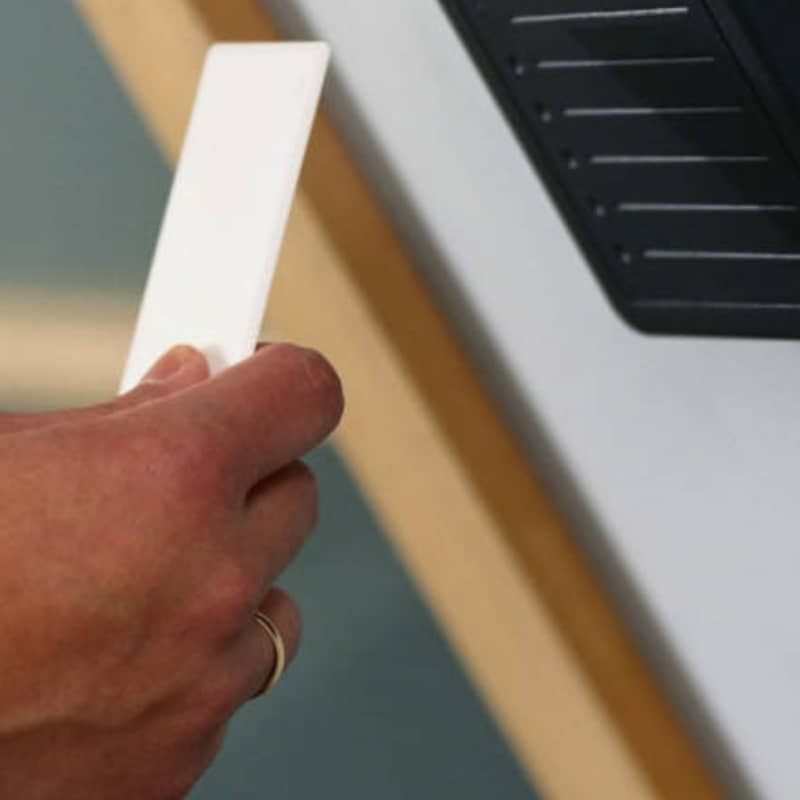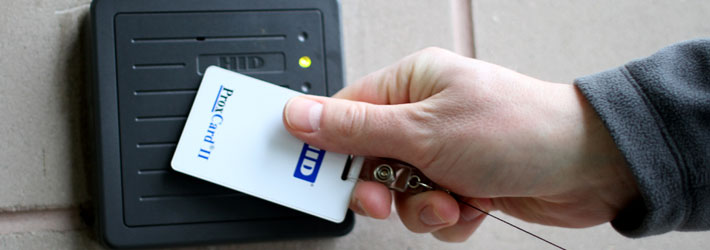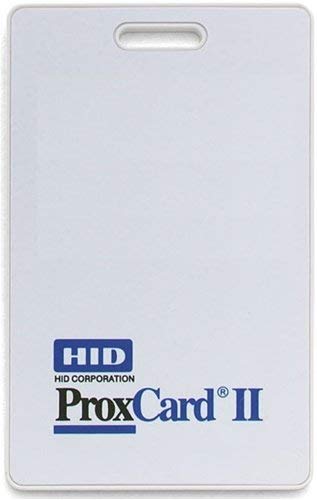Access Control Systems
Engineered Solutions specializes in Custom Access Control Solutions.
The purpose of access control is to grant entrance to a building, office or S/W application only to those who are authorized to be there.
The deadbolt lock, along with its matching brass key, was the gold standard of access control for many years; however, modern businesses want more.
Yes, they want to control who passes through their doors, but they also want a way to monitor and manage access.
Keys have now passed the baton to computer-based electronic access control systems that provide quick, convenient access to authorized persons while denying access to unauthorized ones.
Access to Software Applications may also need to be restricted to access control.

Specializing in Internet/WEB/Cloud based solutions featuring HID Readers and ProxCards/SmartCards


Smart Cards in Access Control – Overview
RFID in Access Control Management System
The most common use of an RFID system is in access control and door entry systems for personnel. The basic principle upon which RFID tags are employed is the identification badge of the workers of any company or industry. The RFID applications for personnel identification uses normally quite low frequency, at 125 KHz, for badge detection. This means that the RFID access card will have a chip that transmits at 125KHz, and the RFID reader will be able to interpret radio waves at a frequency of 125KHz.
Let’s take a deeper dive to understand how RFID technology works in access control systems. An RFID system is composed of the following main components:
- The RFID Card or Tag
- The RFID Reader
- Card Access Management Software
- Access Control Panel
RFID Card / Tag
RFID cards contain an RFID chip. The RFID chip contains an antenna coil that receives electromagnetic radiation from the active RFID reader, which in turn creates a current that activates the RFID card’s chip. This will communicate with the other device in the RFID system, generally the RFID reader, and will transmit the relevant authentication information.
RFID Door Reader
The RFID reader has an antenna which sends the radio waves to detect any RFID tag or card within its range. This range can vary for the RFID readers depending upon the frequency of emitted radio waves. When contact is established with an RFID smart card, a system is created, and the door reader prompts the card to transmit its authentication information, as described above.
The RFID reader decodes the uniquely stored information in the RFID card/tag. Then, based on the way that the RFID system is set up, it will generally transmit the information either through ethernet wiring or WiFi connectivity to a central hub, which will manage the rest of the processing of the information.
Our solutions feature detailed Management Reporting as well as Locked-Down Graphical Interfaces for maximum security.
